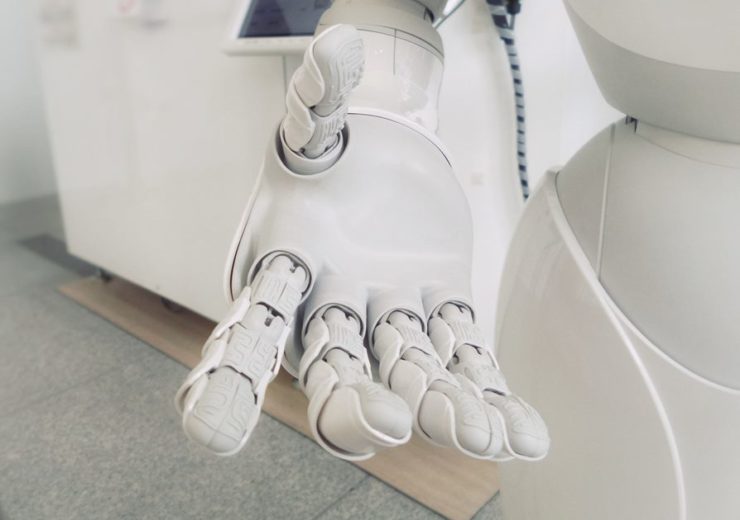Kindred is the first network to explore the benefits of EksoNR in the long-term acute care setting

Image: Ekso Bionics partners with Kindred Healthcare. (Credit: Unsplash/Franck V.)
Ekso Bionics Holdings, a leading developer of exoskeletons for medical and industrial use, today announced a collaboration with Kindred Healthcare to pilot EksoNR— the most clinically used robotic exoskeleton, in their long-term acute care hospitals.
Kindred already offers exoskeleton-assisted rehabilitation with the device in over 20 of its freestanding inpatient Kindred rehabilitation hospitals. Kindred is the first network to explore the benefits of EksoNR in the long-term acute care setting. The pilot began last year and is now being conducted in four of Kindred’s long-term acute care hospitals in the Houston-metro area.
“Incorporating the latest exoskeleton technology into our long-term acute care hospitals is another example of Kindred’s leadership in using technology to improve patient care,” said Pete Kalmey, President of Kindred Healthcare’s Hospital Division. “The advancements EksoNR offers will help us get our patients up and moving earlier in the recovery process, when they are at their weakest. We believe the use of this technology will improve patient outcomes and satisfaction and boost patient morale at a time when they need it the most.”
EksoNR, the most clinically used robotic exoskeleton, is an intuitive exoskeleton device that empowers patients recovering from stroke or other conditions to learn to walk again with a more natural gait. EksoNR is designed to help patients get back on their feet by supporting re-learning of correct step patterns, weight shifting, and potentially mitigating compensatory behaviors, enabling patients to mobilize earlier and restore independence.
“Patient access to our technology continues to steadily grow,” said Jack Peurach, CEO and President of Ekso Bionics. “Our customers, like Kindred, are at the forefront of expanding accessibility in various clinical settings to improve patient outcomes and change the standard of care.”
Source: Company Press Release
